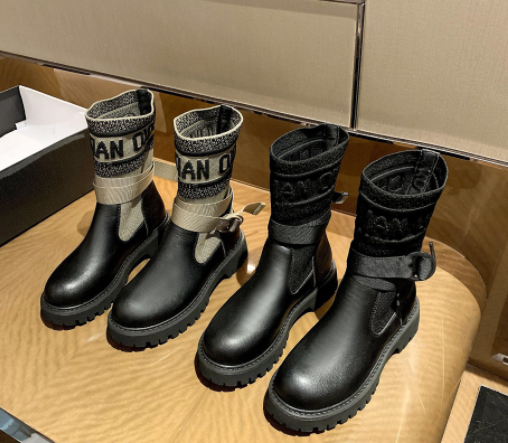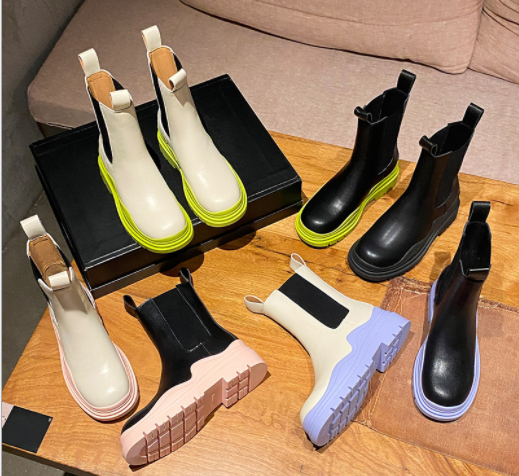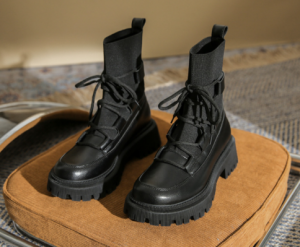
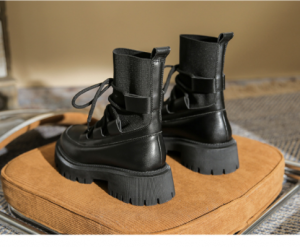
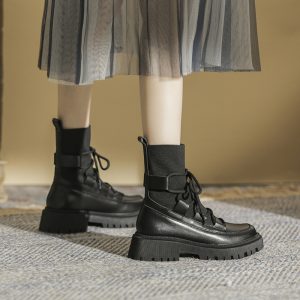
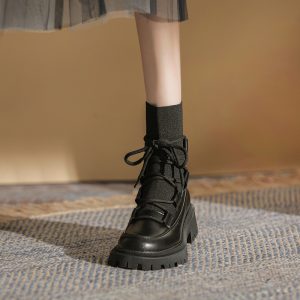

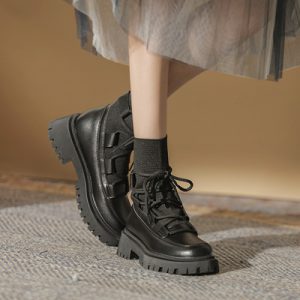
| product name | Boots |
| Upper Material | Microfiber |
| Logo | Custom Logo |
| Sole material | rubber |
| Season | Winter, Autumn |
| Gender | women |
| Size | 35-40 |
| Closure Type | Slip-On |
| Feature | Comfortable skin-friendly lining, heightened and thinner |
| Color | Black Khaki Army Green Brown gray, etc., can be customized |
| Packing | Carton |
| Sample Time | 3-5 Working Days |
| MOQ | 50pcs |
How to buy Martin boots
Look at the cortex
Use your fingers to press down on the surface of the Martin boots with appropriate force to see if the leather is soft and elastic. After pressing and releasing, see if it can bounce up quickly. From this small movement, we can test the quality of the cortex. Good leather, soft texture, comfortable hand feel and good elasticity. The poor-quality leather has a stiff feel and poor elasticity. When you press down on the epidermis with your fingers, the bounce speed is slow, and the epidermis looks dull.
Look at the sole
Put the shoes on, and then take a few steps to see if the soles are soft and elastic, and then step on the ground a few times to see if there is a sensation of shock. Poor quality soles have poor flexibility and no elasticity. When you step on the ground forcefully, your feet will feel numb and feel aching, the soles are too hard, and the shockproof effect is poor.
Look inside
The inner lining of Martin boots is generally made of plush lining. Pull the fluff on the inner lining with your hands to see if it is strong and whether it will fall off. Put your hands in the shoes to see if they can quickly warm up. The inner lining is of good quality, and the fluff is strong and should not be dropped. After putting it on, it can quickly keep warm.
Watch production
Look carefully at each sewing place of the boot to see whether the sewing is neat and uniform, whether the line is messy, crossed, and whether the line is redundant, etc. Pull the sewing place with proper force to see if the sewing is firm and firm. Inferior Martin boots are more casually sewn, and sometimes messy and cross-threading errors appear in the routing, and extra thread ends are the most common.




